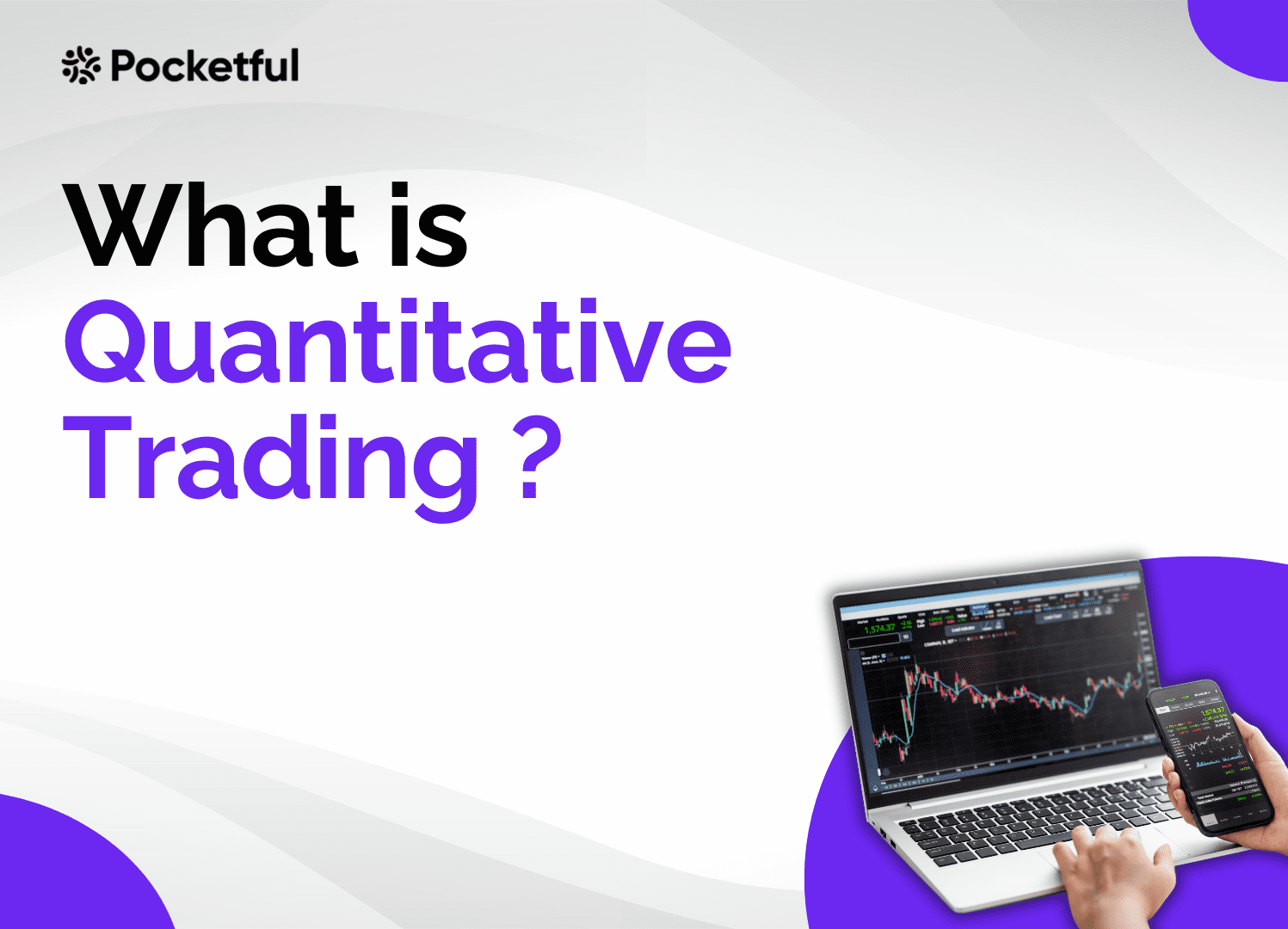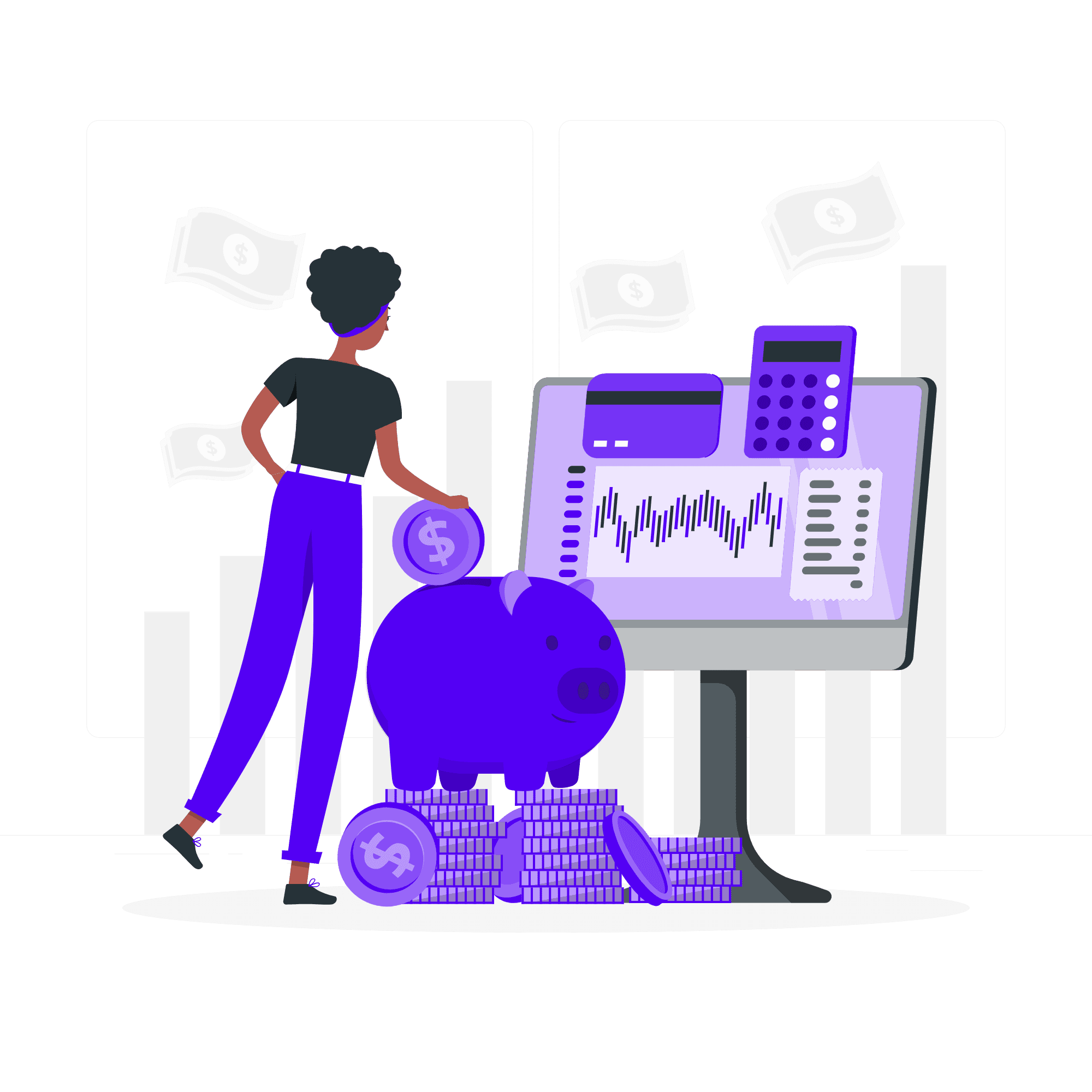| Type | Description | Contributor | Date |
|---|---|---|---|
| Post created | Pocketful Team | Jun-27-24 | |
| Add new links | Nisha | Mar-18-25 | |
| Add new links | Nisha | Sep-08-25 |
Read Next
- What is a Harami Candlestick Pattern?
- What is Average Traded Price in Stock Market
- What is MIS in Share Market?
- 7 Common Mistakes in Commodity Trading New Traders Must Avoid
- Brokerage Charges in India: Explained
- What is a BTST Trade?
- How to Do Algo Trading in India?
- What Is CMP in Stock Market?
- MTF Pledge vs Margin Pledge – Know the Differences
- Physical Settlement in Futures and Options
- List of Best Commodity ETFs in India
- Bullish Options Trading Strategies Explained for Beginners
- Best Brokers Offering Free Trading APIs in India
- Top Discount Brokers in India
- Best Charting Software for Trading in India
- Benefits of Intraday Trading
- What are Exchange Traded Derivatives?
- What is Margin Shortfall?
- What is Central Pivot Range (CPR) In Trading?
- Benefits of Algo Trading in India
What is Quantitative Trading?

The financial market can seem complex and unpredictable. But what if you could use math and science to gain an edge? Quantitative trading is a revolutionary approach that uses data and algorithms to make trading decisions.
In today’s blog, we will learn about the core concepts, benefits, and risks of quantitative trading.
Quantitative Trading Meaning
Quantitative Trading is a market trading approach that heavily relies on mathematical models and quantitative analysis to make informed and accurate trading decisions.
Quantitative analysts use collected data to create mathematical models for finding trading opportunities. These models utilize statistical algorithms, machine learning techniques, or simple rules-based systems.
After creating a model, it is tested with historical data to evaluate its past performance. This helps evaluate how well the model works and find any possible weaknesses. If the back-testing results are good, we can use the model for live trading. The model continuously analyses market data and generates trading signals, which are then executed automatically by a trading platform.
Benefits of Quantitative Trading

- Removes Emotions: Quantitative trading removes human emotions from decision-making, unlike traditional trading, which can be influenced by emotions like fear and greed. It helps to trade in a more disciplined and consistent way.
- Speed and Efficiency: Quantitative models analyze large amounts of data and can identify trading opportunities faster than humans. This enables quantitative analysts to benefit from short-term market inefficiencies.
- Backtesting & Improvement: These models can be tested and improved using historical data. This lets analysts improve their models constantly and adjust to market changes.
Read Also: Risk Management In Trading: Meaning, Uses, and Strategies
Risks Of Quantitative Trading

- Heavy Reliance on Old Data
Models might rely too much on old patterns that may not apply in the future. This could cause losses if the market conditions change. - Inability to Predict Unexpected Events
Quantitative models find it difficult to predict unexpected events such as economic crises or natural disasters that can greatly change how the market behaves. - Increase Chances of Market Crash
Algo trading can magnify market movements and if multiple algorithms respond similarly to a decline in prices, it can lead to a chain reaction that results in a more significant market crash. - Possibility of Unintended Trades
Problems with the trading code or technical issues can cause unintended and harmful trades. Technical issues can stop models from working well, putting traders at risk from market fluctuations. - Increasing Oversight from Regulators
Regulators are monitoring the rise of quantitative trading. This may lead to increased restrictions on such strategies.
Popular Firms of Quantitative Trading
Many firms practice quantitative trading to achieve high returns. Below is a list of some prominent firms known for their quantitative trading practices.
- Two Sigma: This company uses data science, machine learning, and advanced technology to create trading strategies and handle investments.
- Citadel: A major hedge fund and market maker that uses computerized trading strategies for different types of assets.
- D.E. Shaw & Co.: The company is known for using advanced algorithms and models in trading.
- AQR Capital Management: This firm combines traditional and alternative investment strategies, with a strong focus on quantitative methods.
- Jane Street: The firm specializes in ETF trading using quantitative models to make informed decisions.
Read Also: Low latency broker in india
Who is Jim Simons, the Pioneer of Quant Trading?
In 1978, Jim Simons started Renaissance Technologies, a hedge fund that later became known for its unparalleled success.
He obtained a Ph.D. in mathematics from the University of California, Berkeley. Trained as a mathematician, Simons introduced a data-driven approach to finance. He believed that markets had predictable patterns that could be discovered and used to make profits using complex models.
His knowledge of Math and pattern recognition was crucial for creating his trading strategies.
Jim Simons’ Strategies
The team uses mathematical models to find hidden patterns in market data. These models use mathematical techniques based on statistics and probabilities from different areas of mathematics.
The intricacies of these models are highly classified, positioning Renaissance Technologies as one of the most enigmatic hedge funds. They collect large amounts of data from different sources such as financial markets, weather patterns, and satellite images, to discover hidden connections.
Jim’s strategy focuses on short-term market inefficiencies, making numerous trades throughout the day. They use a multi-asset strategy, trading across different types of investments like stocks, futures, commodities and even cryptocurrency. Algorithms are used to execute trades by taking advantage of identified patterns.
Renaissance Technology’s top fund, Medallion, is famous for its outstanding profits. The fund is only available to its employees and a few select outsiders, which adds to its mystery.
Read Also: Trading For Beginners: 5 Things Every Trader Should Know
Conclusion
Quantitative trading has changed finance by using data and algorithms to make precise and fast trading decisions. The technique has evolved from simple rules to complex models, showing significant progress from its beginnings. The future of quant trading depends on efficient use of AI and complex data, while also managing risks and ensuring responsible use of these tools. Furthermore, successful firms in this arena not only modify the market strategies but also lead the way in innovation and excellence in the financial industry.
| S.NO. | Check Out These Interesting Posts You Might Enjoy! |
|---|---|
| 1 | What is Insider Trading? |
| 2 | What is Options Trading? |
| 3 | What Is Day Trading and How to Start With It? |
| 5 | How to Trade in the Commodity Market? |
| 6. | What is Price Action Trading & Price Action Strategy? |
Frequently Asked Questions (FAQs)
What is quantitative trading?
Quantitative trading involves using mathematical models and algorithms to make trading quick and effective decisions.
How do quantitative trading firms make money?
These firms make money by recognising and exploiting market inefficiencies, using different algorithms to execute trades rapidly and at high volumes.
What role does technology play in quantitative trading?
Technology is important for analysing data, creating algorithms, and carrying out trades quickly.
Can individual investors use quantitative trading strategies?
Individual investors can also use algorithmic trading platforms and tools to apply quantitative strategies, although this is more common among institutional investors.
What is the future of quantitative trading?
Advancements in machine learning and AI are set to enhance quantitative trading strategies.
Disclaimer
The securities, funds, and strategies discussed in this blog are provided for informational purposes only. They do not represent endorsements or recommendations. Investors should conduct their own research and seek professional advice before making any investment decisions.
Article History
Table of Contents
Toggle